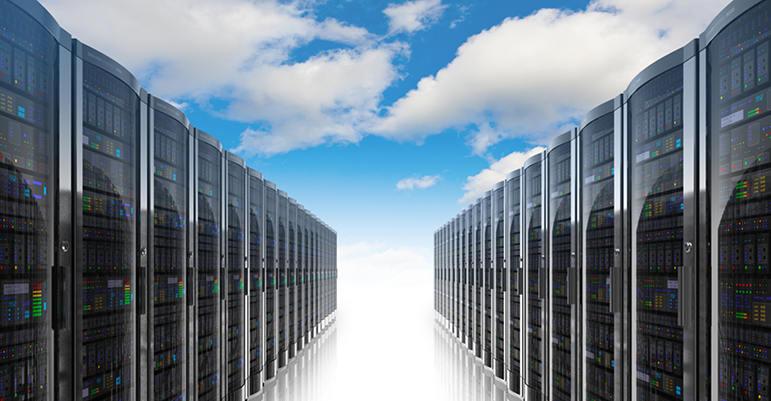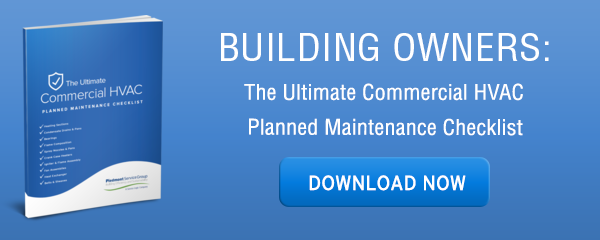When Don’t Your Mechanical Systems Need to Be More Energy Efficient?
Energy efficiency is important to businesses and individuals alike, both financially and environmentally. At first glance, it seems logical to push for the highest possible efficiency, since that’s going to do the most good, right?
In truth, however, pushing for the highest possible energy efficiency is actually rarely the best idea for commercial buildings, thanks to the law of diminishing returns.

The law of diminishing returns for energy efficiency
The “law of diminishing returns” means that there comes a point where the value of the results you’re likely to achieve is lower than the cost of taking action.
For example, if you’re planting a garden, using the recommended amount of fertilizer for the plants you want to grow is a great idea. It’s a low-cost, high-return move. But, if you doubled the amount of fertilizer, you wouldn’t get twice as many plants or plants twice as big. You’d spend twice as much, but you’d have a diminishing return. And, eventually, if you kept increasing the amount you’re using, you could end up killing your plants.
In the world of energy efficiency for commercial facilities, the law of diminishing returns becomes apparent when you consider all the potential improvements that can be made to make it more efficient. The list might start with replacing incandescent light bulbs with LEDs. The cost is relatively low and the return can be huge. Other low-cost or no-cost improvements offer valuable returns:
- Replacing older office equipment with Energy Star models
- Turning off computers at the end of the day
- Raising or lowering the temperature based on the season (just 1 or 2 degrees can make a big difference)
- Skilled optimization of HVAC controls along with routine planned HVAC maintenance
These are all easy wins for energy efficiency with minimal effort required. But as you continue down the list, you’re going to get to some options for improving energy efficiency in a commercial building that offer so little in net returns, they’re not worth spending money on.
How to tell when you don’t need to invest in energy efficiency
The most common culprits appear during efforts to boost already-excellent efficiency by an additional percentage point or two.
For example, once all the higher-priority items are done, you might be urged to replace the building’s windows with a newer style that reflects more heat in the summer and absorbs more in the winter, which is likely to boost your building’s energy efficiency by 1-2% over the windows you already have.
Now, a 2% improvement is nothing to ignore. That could mean savings of thousands of dollars each year. However, the cost for replacing all the windows in the building might require a capital expenditure in the seven figures, meaning it could take years just to break even through savings on the energy bill. Are those new windows even going to remain energy efficient long enough to pay for themselves and offer some ROI?
This is a perfect example of the law of diminishing returns at work:
- The current windows are already reasonably energy efficient
- The cost of replacement is very high
- The improvement you can expect to see is minimal
So, logically, it’s not in your best interest to invest in new windows.
If your existing equipment or design offers above-average energy efficiency, investing a ton of money in improving efficiency by just a few percentage points is usually not a good idea. Before considering extensive retrofitting or replacement of existing HVAC components, think about the law of diminishing returns.
An experienced, qualified energy engineer can easily perform an energy audit for your building to determine just what improvements are possible, and which are likely to provide the greatest return on investment. Perhaps most importantly, they can tell you which improvements aren’t worth your time and money, too.
With that information, you can maintain a commercial building that uses energy efficiently without sacrificing valuable resources to the law of diminishing returns.

